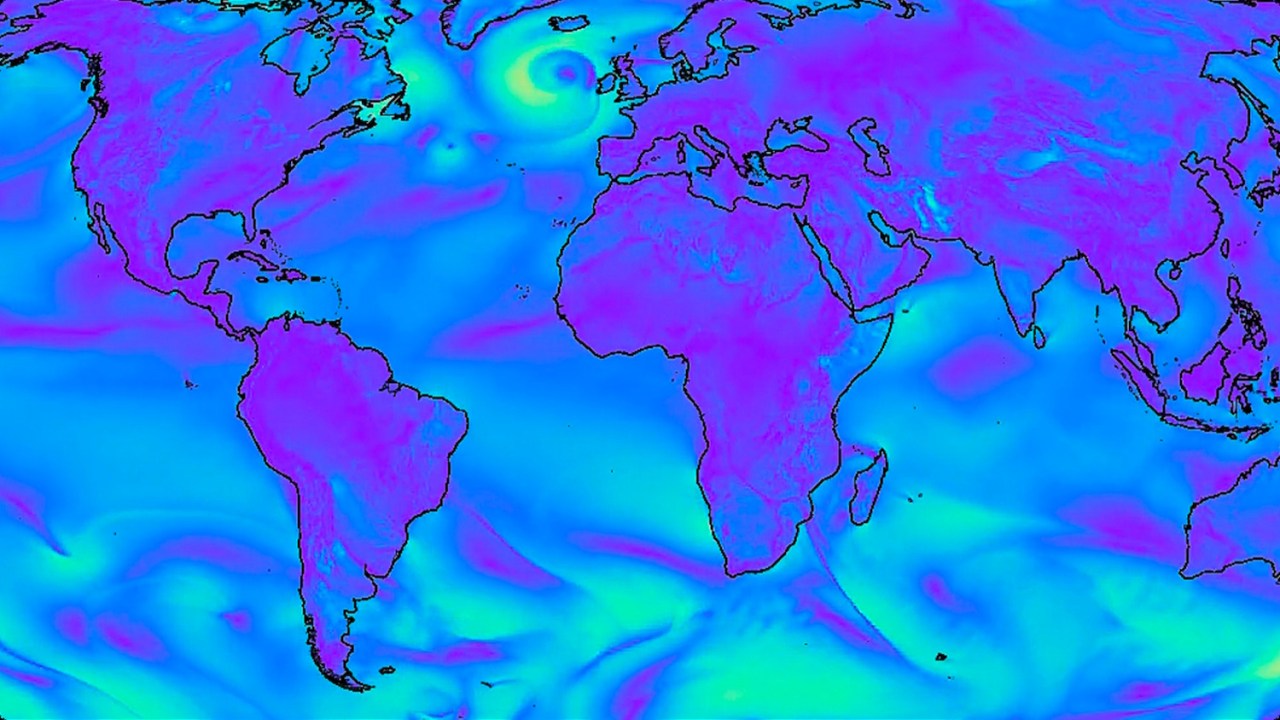In an era where technology continues to reshape the boundaries of science, the field of meteorology is experiencing a significant transformation. With the advent of advanced machine learning models, the approach to weather forecasting is shifting from traditional methods to more sophisticated, data-driven techniques. From quick hourly updates to long-term climate predictions extending over a century, AI technology is not just a passing trend but a critical tool for understanding our planet’s complex systems. This blog delves into how these innovations are changing the forecasting landscape, offering fresh perspectives and insights.
The Immediate: Nowcasting and Short-Term Predictions
When most people want to know, “Will I need an umbrella today?” they’re turning to immediate weather forecasts. Enter DeepMind’s nowcasting models, a pioneering AI that interprets radar images to predict precipitation patterns in real time. These models analyze vast datasets gathered from Doppler radar systems to forecast imminent weather changes, producing timely and accurate insights even during chaotic atmospheric events.
Consider the case of a winter storm approaching a city and the need for quick decisions regarding emergency services. DeepMind’s AI excels not only because it processes data quickly but also due to its ability to build a probability map of changing conditions instantaneously. While traditional meteorology relies on theoretical frameworks, AI models like these make predictions solely based on historical patterns. This data-driven approach has proven remarkably effective for short-term weather predictions.
Medium-Range Forecasting: GraphCast and Global Coverage
As we look at forecasts beyond immediate conditions, medium-range predictions, spanning from 7 to 10 days, come into play. Google’s GraphCast model represents a significant leap forward in this domain. It harnesses extensive global data, covering a resolution of approximately 28 kilometers at the equator, making it capable of predicting weather events at over a million locations worldwide.
This model not only provides a faster and more accurate alternative to traditional systems but demonstrates the power of machine learning in tackling real-world forecasting issues. For example, while it may not pinpoint whether it’ll rain in your neighborhood, it can effectively simulate major weather systems, invaluable for planning around large-scale disasters, including hurricanes and heatwaves.
Long-Term Predictions: The ClimSim Project and Beyond
Turning our gaze toward the future, the ClimSim project exemplifies the potential of AI in long-term climate forecasting. By utilizing machine learning to analyze extensive datasets, ClimSim aims to explore a variety of possible climate scenarios that could unfold over the next century. Its models assess vast interdependencies among climate factors, such as CO2 levels, surface temperatures, and ocean health.
- Efficiency in Computation: One of the most remarkable aspects of such machine learning models is their efficiency. They can perform complex simulations much faster and at a fraction of the computational cost compared to traditional methods.
- Unveiling Patterns: By learning from historical data, these models develop a nuanced understanding of relational patterns between various climate elements, even if they lack the theoretical knowledge commonly associated with traditional science.
- Complementary Tools: It’s important to note that while machine learning models present exciting opportunities, they are not seen as replacements for established methods. Instead, they serve as complementary tools that enhance the accuracy of long-term forecasts for climate scientists around the world.
The Role of Data in Shaping Tomorrow’s Forecasts
The core strength of machine learning in weather forecasting lies in its reliance on data. With enormous datasets at our disposal, these models can uncover intricate patterns that traditional approaches might overlook. While skeptics may question the utility of models that operate without foundational knowledge of physics, the practical results speak for themselves. Accuracy in predictions concerning rapidly changing weather conditions proves invaluable for timely decision-making in many sectors.
Conclusion: Embracing AI for a More Predictable Future
As we advance into a world of climate uncertainties and extreme weather events, the application of machine learning in weather forecasting serves as a beacon of hope. By leveraging these advanced models, we equip ourselves with the tools to anticipate and react effectively to both immediate and long-term climate challenges. The collaboration between traditional meteorological frameworks and cutting-edge AI is essential for navigating our future climate landscape.
For more insights, updates, or to collaborate on AI development projects, stay connected with fxis.ai. At fxis.ai, we believe that such advancements are crucial for the future of AI, as they enable more comprehensive and effective solutions. Our team is continually exploring new methodologies to push the envelope in artificial intelligence, ensuring that our clients benefit from the latest technological innovations.

